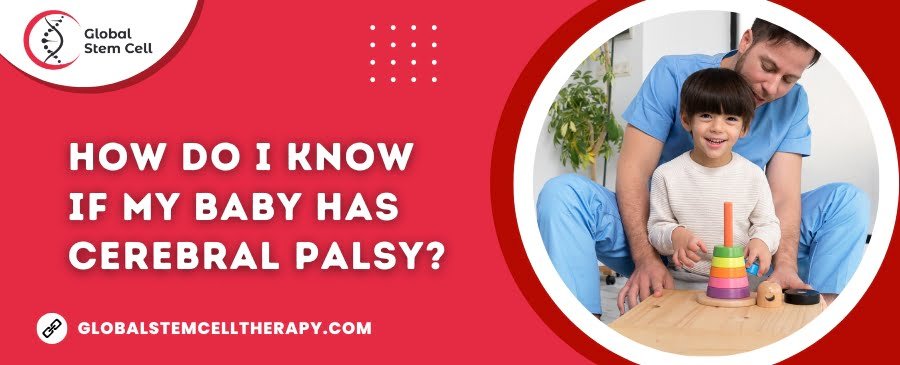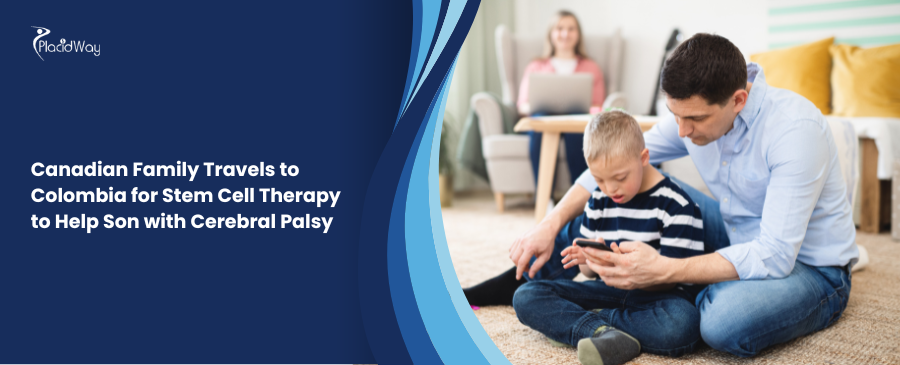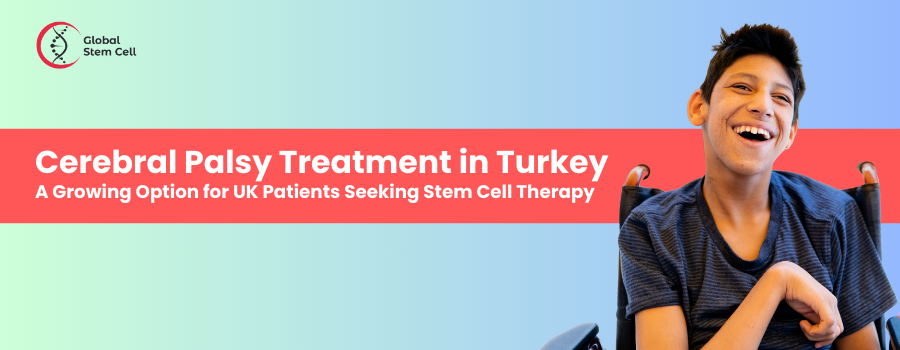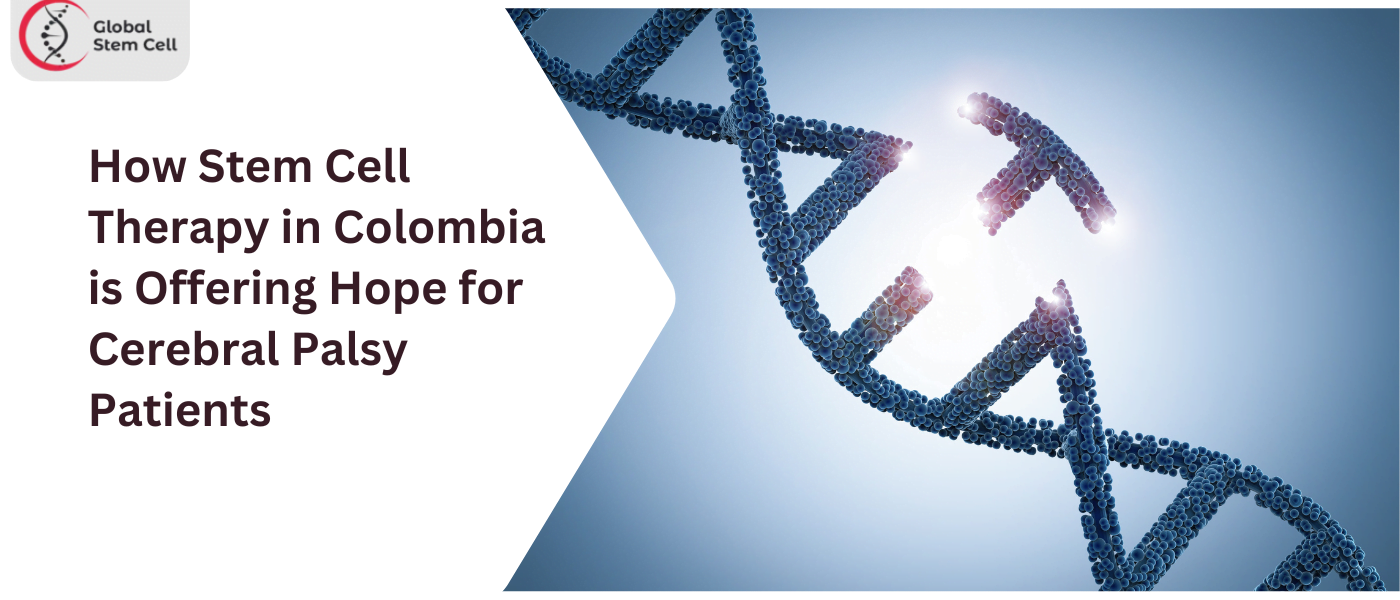
Cerebral palsy is a neurological disorder that affects muscle coordination and movement. It is caused by damage to the developing brain, which can occur before, during, or shortly after birth. Cerebral palsy can occur in infants and young children, and it is estimated that about 1 in 323 children in the United States has cerebral palsy. In this article, we will discuss how to recognize the signs and symptoms of cerebral palsy in infants and young children.
What is cerebral palsy?
Cerebral palsy is a neurological disorder that affects movement, coordination, and muscle tone. It is caused by damage to the developing brain, which can occur before, during, or shortly after birth. Cerebral palsy can affect different parts of the body, and the severity of the symptoms can vary widely.
What are the signs and symptoms of cerebral palsy?
Cerebral palsy (CP) is a group of neurological disorders that affect movement, muscle tone, and coordination. The signs and symptoms of CP can vary depending on the severity of the condition and the area of the brain that is affected. Here are some common signs and symptoms of CP:
- Delayed motor development: Infants with CP may have delayed motor development, such as not reaching developmental milestones like rolling over, sitting up, crawling, or walking at the expected age.
- Abnormal muscle tone: Children with CP may have abnormal muscle tone, which can be either too stiff or too floppy. They may have difficulty controlling their movements or maintaining posture.
- Spasticity: Spasticity is a type of muscle stiffness that is common in CP. It can cause tightness or rigidity in the muscles and joints, making movements difficult or painful.
- Involuntary movements: Some children with CP may have involuntary movements, such as tremors, jerking, or twisting motions.
- Abnormal posture: Children with CP may have abnormal posture, such as a curved spine or a head that is tilted to one side.
- Difficulty with coordination: Children with CP may have difficulty with coordination and balance, making it difficult to perform activities that require precise movements.
- Speech and communication difficulties: Some children with CP may have difficulty with speech and communication. They may have slurred or slow speech, difficulty forming words or sentences, or trouble expressing themselves.
- Intellectual disability: Children with CP may have intellectual disability or learning difficulties, which can affect their ability to learn and process information.
- Vision and hearing problems: Children with CP may have vision or hearing problems, which can make it difficult to interact with their environment or communicate with others.
- Seizures: Some children with CP may have seizures, which are sudden, uncontrolled movements or changes in behavior caused by abnormal electrical activity in the brain.
How is cerebral palsy diagnosed?
Diagnosing cerebral palsy (CP) can be a complex process that involves several steps. Here’s what you can expect if you are concerned that your child may have CP:
- Medical History and Physical Examination: The first step in diagnosing CP is a medical history and physical examination. The doctor will ask you questions about your child’s development and motor skills, as well as any medical conditions or complications during pregnancy, labor, or delivery. They will also perform a physical examination to evaluate your child’s muscle tone, reflexes, and movement patterns.
- Developmental Screening: If your child is under the age of 3, the doctor may perform a developmental screening to assess your child’s cognitive, language, and motor development. This may involve observing your child’s behavior and interactions, asking you questions about your child’s development, or using standardized developmental screening tools.
- Neurological Evaluation: A neurological evaluation may be performed by a specialist in pediatric neurology or developmental and behavioral pediatrics. This may involve more detailed testing of your child’s muscle tone, reflexes, and coordination, as well as an evaluation of their sensory and cognitive abilities.
- Imaging Tests: Imaging tests, such as an MRI or CT scan, may be performed to look for abnormalities in the brain that could be causing the symptoms of CP.
- Genetic Testing: In some cases, genetic testing may be recommended to look for underlying genetic conditions that could be causing the symptoms of CP.
- Movement Analysis: A movement analysis may be performed to evaluate your child’s movement patterns and determine the specific type of CP they have. This may involve using technology such as motion sensors or video analysis to assess your child’s movement and gait.
How is cerebral palsy treated?
There is currently no cure for cerebral palsy (CP), but there are several treatment options that can help improve the symptoms and quality of life for individuals with CP. Treatment for CP is individualized based on the specific needs and symptoms of each person, and may involve a multidisciplinary team of healthcare providers. Here are some common treatment options for CP:
- Physical therapy: Physical therapy is often a cornerstone of CP treatment. A physical therapist can help improve muscle strength, range of motion, and coordination through exercises and activities tailored to the individual’s specific needs. Physical therapy can also help prevent muscle contractures and deformities, which can improve mobility and function.
- Stem cell therapy: Stem cell therapy is a relatively new and experimental treatment option for cerebral palsy (CP). Stem cells are undifferentiated cells that have the potential to develop into various types of cells in the body. The use of stem cells in CP treatment is based on the theory that these cells may be able to repair or replace damaged cells in the brain and nervous system.
- Occupational therapy: Occupational therapy focuses on improving activities of daily living, such as dressing, eating, and grooming. An occupational therapist can help identify adaptive equipment or modifications to help individuals with CP perform these activities more independently.
- Speech therapy: Speech therapy can help individuals with CP improve their speech and communication skills. A speech therapist can help with articulation, language development, and the use of assistive technology such as communication devices.
- Medications: Certain medications may be used to help manage symptoms of CP, such as spasticity or seizures. Muscle relaxants or antispasmodic medications can help reduce muscle stiffness and spasms, while antiepileptic medications can help prevent or manage seizures.
- Surgery: In some cases, surgery may be recommended to improve mobility or correct deformities in individuals with CP. Surgical options may include muscle lengthening or transfer, tendon release, or spinal surgery.
- Assistive technology: Assistive technology, such as mobility aids or communication devices, can help improve independence and quality of life for individuals with CP. These may include wheelchairs, walkers, or communication devices with speech recognition technology.
If you suspect that your child may have cerebral palsy, it is important to seek medical attention as soon as possible. Early diagnosis and intervention can help improve your child’s outcome and quality of life. If you have concerns about your child’s development or motor skills, to get a consultation with expert medical staff. They can help you determine if further evaluation is needed and guide you on the appropriate course of action.






